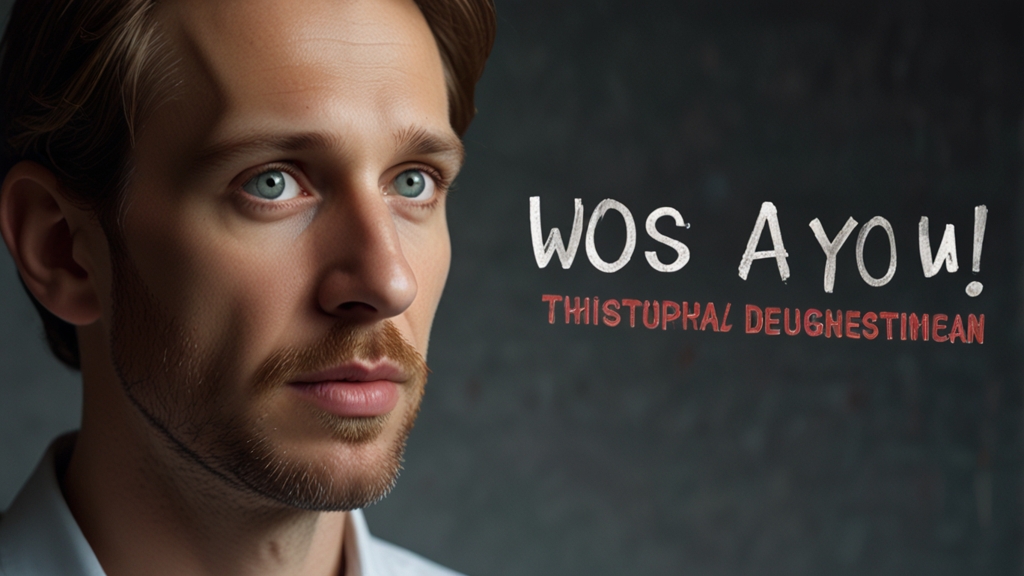Math Myths Busted: What They Never Taught You in School
Mathematics often evokes a mixture of dread and reverence, shrouded in layers of myths that frequently overshadow its practical beauty and utility. Many of these myths stem from misconceptions and oversimplifications perpetuated through generations. This article aims to debunk some of these myths and reveal the truths that conventional schooling may gloss over.
Myth 1: Math Is All About Numbers
A common misconception is that mathematics solely revolves around numbers. While numbers are indeed a significant aspect of math, the field extends far beyond simple arithmetic. Mathematics encompasses structures, patterns, space, and change. Areas like algebra, geometry, calculus, and statistics involve abstract concepts that transcend basic number crunching.
"Mathematics is not about numbers, equations, computations, or algorithms: it is about understanding." - William Paul Thurston, American mathematician.
For example, mathematical modeling helps scientists and engineers understand natural phenomena and design new technologies. Cryptography, which relies heavily on abstract algebra and number theory, is fundamental to secure digital communications. Thus, appreciating the broader scope of mathematics can open one's eyes to its multifaceted applications.
Myth 2: You Have to Be a Genius to Understand Math
Many people believe that mathematical ability is an innate talent reserved for a select few. This mindset can be discouraging and hinder students from pursuing deeper mathematical studies. Research, however, has shown that perseverance, practice, and quality instruction are crucial contributors to mathematical proficiency.
"It's not that I'm so smart, it's just that I stay with problems longer." - Albert Einstein, theoretical physicist.
Like learning a language or playing an instrument, math requires time and effort. Making mistakes along the way is part of the learning process. With a growth mindset, where challenges are seen as opportunities for development, anyone can improve their mathematical skills.
Myth 3: Advanced Math Has No Real-World Applications
Another widespread myth is that advanced math has little to no practical relevance. On the contrary, advanced mathematical concepts play critical roles in various fields. Calculus, for instance, is vital in physics for understanding motion and change. Linear algebra is indispensable in computer graphics, machine learning, and optimization problems.
Moreover, mathematical principles underpin modern technologies and innovations. Algorithms based on mathematics power search engines, recommendation systems, and financial trading models. Engineering disciplines rely on complex mathematical equations to design structures, systems, and processes. Thus, advanced math is far from being an academic exercise with no real-world utility.
Myth 4: Calculators and Computers Make Learning Math Unnecessary
With the advent of technology, some argue that learning math is obsolete since calculators and computers can perform calculations effortlessly. While it's true that technology aids in computation, understanding the underlying mathematical concepts remains crucial. Critical thinking, problem-solving, and logical reasoning—skills honed through studying math—are essential in navigating and leveraging technology effectively.
"The study of mathematics, like the Nile, begins in minuteness but ends in magnificence." - Charles Caleb Colton, English cleric, and writer.
Moreover, dependence on technology without a solid mathematical foundation can lead to misuse or misinterpretation of results. For instance, comprehending statistical methods is necessary for accurately analyzing data and making informed decisions, despite the availability of statistical software.
Myth 5: There's Only One Right Way to Solve a Math Problem
In school, students are often taught specific methods to solve particular types of problems, which may create the illusion that there's only one correct approach. However, mathematics encourages creativity and multiple problem-solving strategies. Different methods can lead to the same solution, and exploring various approaches can enhance understanding and foster innovation.
Mathematical flexibility is particularly valuable in tackling complex, real-world problems, where straightforward solutions are rare. Embracing diverse strategies can lead to more robust and adaptable thinking, applicable beyond the realm of mathematics.
Conclusion
Challenging and debunking these common math myths reveals a richer, more nuanced understanding of the subject. Math is not an exclusive domain for 'geniuses,' nor is it confined to simple numerical operations. Its applications are vast, its learning process accessible, and its problem-solving approaches varied. By dispelling these myths, we can foster a more inclusive, engaging, and appreciative mathematical culture.











